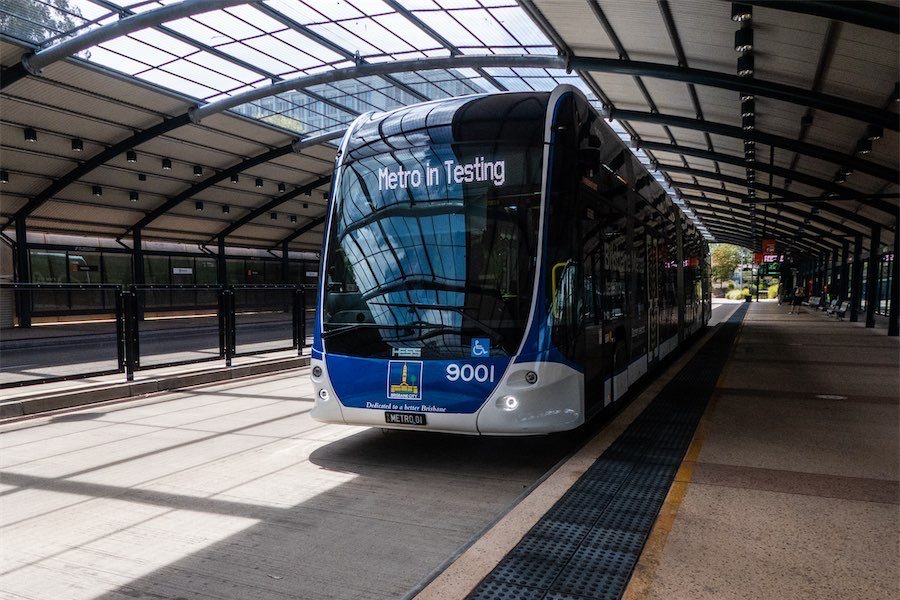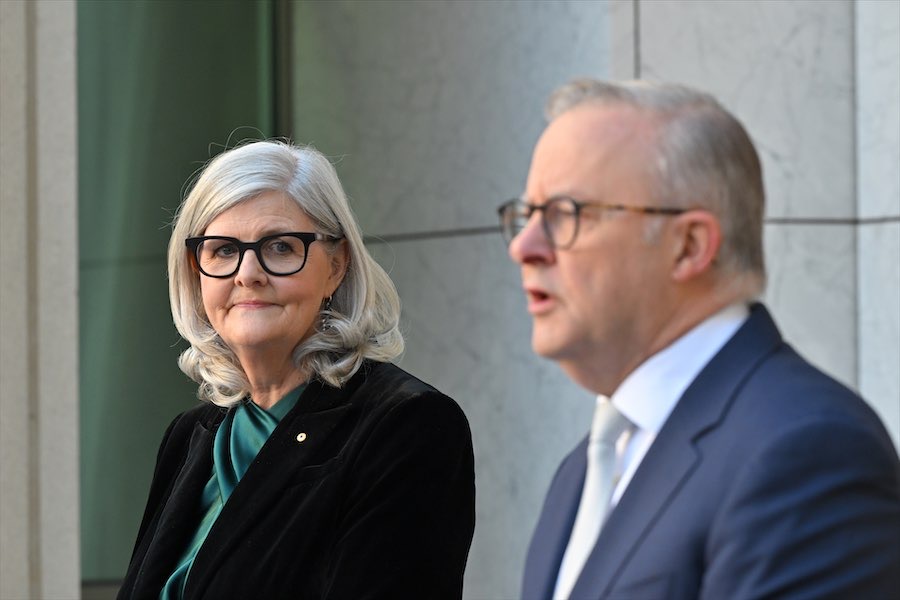THE singular local public policy issue to capture my attention over the past year has been housing policy and land supply.

In some senses the recent and polar-opposite remarks of Mr Nick Georgalis, of Geocon, which dominates the construction industry in Canberra, and Chief Minister Andrew Barr are a metaphor for the incoherence of the ACT government’s housing and land policy.
On November 18, Mr Georgalis, who most Canberrans have come to see as the ACT‘s de facto chief planning officer, waxed lyrical about the splendour and transformative impact of the towering blocks of flats with which he is endowing Canberra, and declared that as a consequence of the increasing dominance of high rise, the incremental densification of the city and the gentrification of the inner north and south that “the bush capital is dead”.
On December 5, Chief Minister Andrew Barr, in foreshadowing the release of a revised ACT planning strategy said: “You can’t sprawl outwards forever” and declared his determination to increase the level of in-fill in the city by reducing even further the piddling amount of land he has been releasing for detached and affordable housing, in favour of more towering blocks of flats, greater densification and the continuing social cleansing and gentrification of the inner north and south in order, he said, to keep the bush capital ideal alive.
So there we have it. The ACT’s major developer and most senior politician are in furious agreement about current planning policy but claim diametrically opposed outcomes from its implementation.
I fear that when it comes to explaining the current intent and direction of planning and development in Canberra, which many of us have already concluded is the level of profit to be gleaned, that Mr Georgalis is a tad more convincing than the government.
For example, every time the Chief Minister talks about containing “the sprawl” of Canberra I can’t help wondering how Labor and the Greens rationalise their decision to build a massive housing estate, of more than 5000 houses, in NSW as part of the Ginninderry development.
To be fair, the Chief Minister would probably respond by explaining that he intends to resolve the obvious contradiction between the government’s decision to begin building thousands of houses on the other side of the ACT border, and its determination to constrain “the sprawl” of the city towards the border, by the simple expedient of moving the border. I can’t imagine how the Greens justify supporting the ACT government’s decision to extend the Canberra urban area into remnant lowland woodland in NSW but, whatever the explanation, it is sure to be a hoot.
It would, of course, have been wise before signing up to the Ginninderry deal, to resolve the question of moving the border through a comprehensive planning process involving the Commonwealth as well as NSW. Heaven forbid, if NSW or the Commonwealth decide, in the negotiations with the ACT which I understand are currently underway, to not agree to move the border to accommodate the Ginninderry deal. If NSW also declines to grant planning approval for the development, then the ACT will probably have blown a few hundred million dollars. In any event one would hope that any serious plan for managing the future of Canberra would involve a genuine and open inquiry and a rigorous exploration of all of the issues, including a change to the ACT border.
In this regard and more generally the just released ACT Planning Strategy 2018 is disappointing. The strategy unfortunately contains no detailed analysis or modelling of any of the social, environmental or economic implications or costs of the newly declared strategy of 70 per cent infill or indeed of its implications for the ACT Budget.
The last time the ACT Treasury undertook any detailed modelling on the range of scenarios thrown up by different land planning options was in the development of the Taxation Review report in 2012. The review found, following financial analysis and modelling of the economy under various scenarios, including where there are high levels of cross-border development in response to the cost of housing in Canberra, that there are significant impacts on the economy through decrease in output and consumption as well as net costs to the Territory’s Budget.
The strategy also ignores almost everything that the community has told the government about its housing choices and will in fact deliver the exact opposite of what the community asked for. Comprehensive surveys undertaken on the government’s behalf by Winton Sustainable Research in 2015 reveal that 91 per cent of ACT households expecting to move house within the ACT would prefer to move to a standalone dwelling. Of the 9 per cent of people expecting to move to an attached dwelling none expressed any interest in a unit or flat above three storeys.
The new planning strategy will inevitably exacerbate the existing housing affordability crisis in Canberra. It will widen the already yawning gap in equality and will likely have major negative implications for the environment. The strategy virtually guarantees a further large increase in the median price of detached housing and signals the end of hope for Canberra families who are not in the housing market and who are in the bottom two and a half income quintiles, or their children, from ever owning a detached house in Canberra.
Who can be trusted?
In a world of spin and confusion, there’s never been a more important time to support independent journalism in Canberra.
If you trust our work online and want to enforce the power of independent voices, I invite you to make a small contribution.
Every dollar of support is invested back into our journalism to help keep citynews.com.au strong and free.
Thank you,
Ian Meikle, editor




Leave a Reply